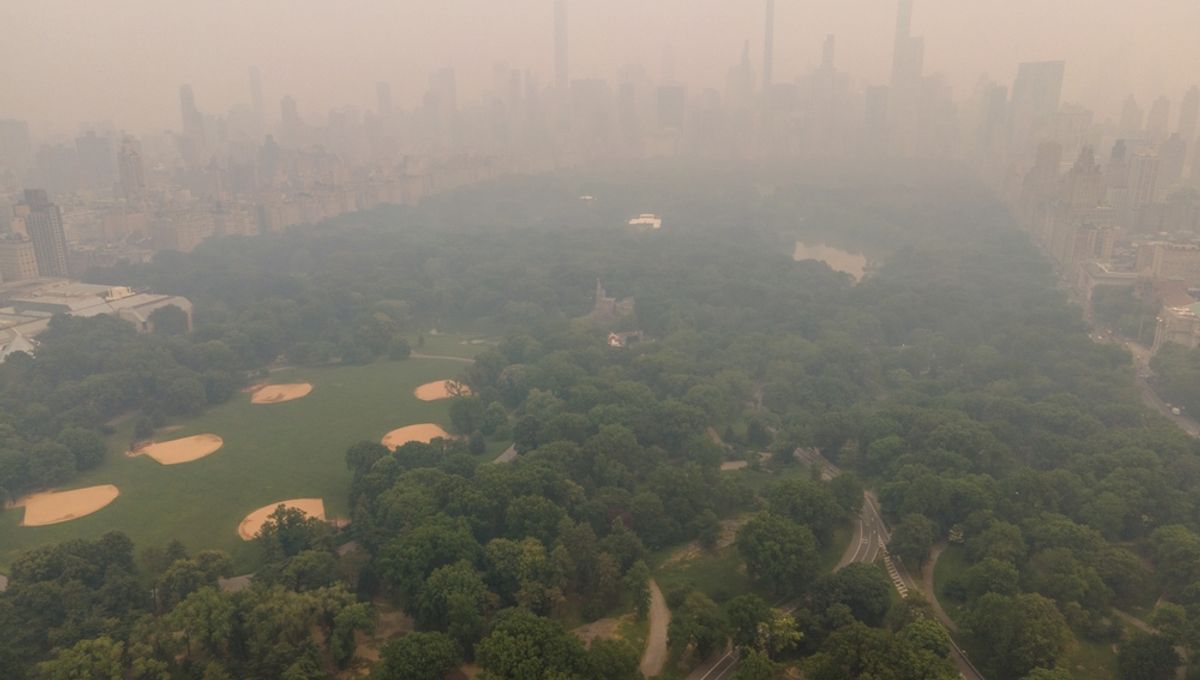
A new type of light-activated concrete could suck pollution out of nearby air and convert it to harmless products, making good use of a material that is used in almost all modern construction. When tested in a tunnel, the concrete was able to reduce air pollution inside the tunnel and improve air quality, giving a clear demonstration of its potential environmental impact.
If you’re in a car tunnel, it’s not a good idea to take a deep breath – pollution from the exhausts makes the air so thick with toxic fumes, it is up to 1,000 times more polluted than outside air. Now, though, scientists believe they have a solution that could not only help clear up murky tunnels but the rest of our air too.
A team from the Korea Institute of Civil Engineering and Building Technology (KICT) built on existing research to develop a photocatalytic concrete that relies on an outside coating to pull contaminants out of the air. The outside layer is made of titanium dioxide, which is activated by sunlight and produces reactive oxygen species (ROS) when the sun shines on it. These ROS react with common pollutants, such as nitrogen oxides and ammonia, to break them down into harmless products.
Adding this titanium dioxide (TiO2) has been the main interest of research to this point, and the researchers tried a number of different ways to identify the best option. They first mixed the TiO2 solution into the concrete mix itself but found that compromised its strength. They then used pretreated ash with TiO2 and mixed that into the concrete, which made it less porous than the previous method, but still compromised its strength, so that was no good either.
Finally, the team sprayed their TiO2 solution straight onto the standard concrete, creating a layer that can directly interact with pollutants but should maintain the concrete’s structural integrity. They found that the concrete actually had enhanced compressive strength after being sprayed and had the same porosity as it did without the layer.
The team then took their concrete to a tunnel, where they put up artificial lights to activate the layer. After leaving it for 24 hours, the team found a reduction of 18 percent in nitrogen oxide levels within the tunnel, with the concrete turning it into a form of salt that was found at the bottom of the wall. This simply washed away, which would make it low maintenance if exposed to rain, though they had to do it manually within the tunnel.
Now, the team hopes to get the efficiency of their concrete up in the hopes of pushing it to market. Should it become mainstream, such concrete could reduce pollution and improve air quality for all, which with the recent issues in New York and the ongoing pollution troubles in other major cities, can’t come soon enough.
The research is published in KSCE Journal of Civil and Environmental Engineering Research.
Source Link: Concrete That Sucks Pollution Out Of The Environment Could Be Air Quality Hero